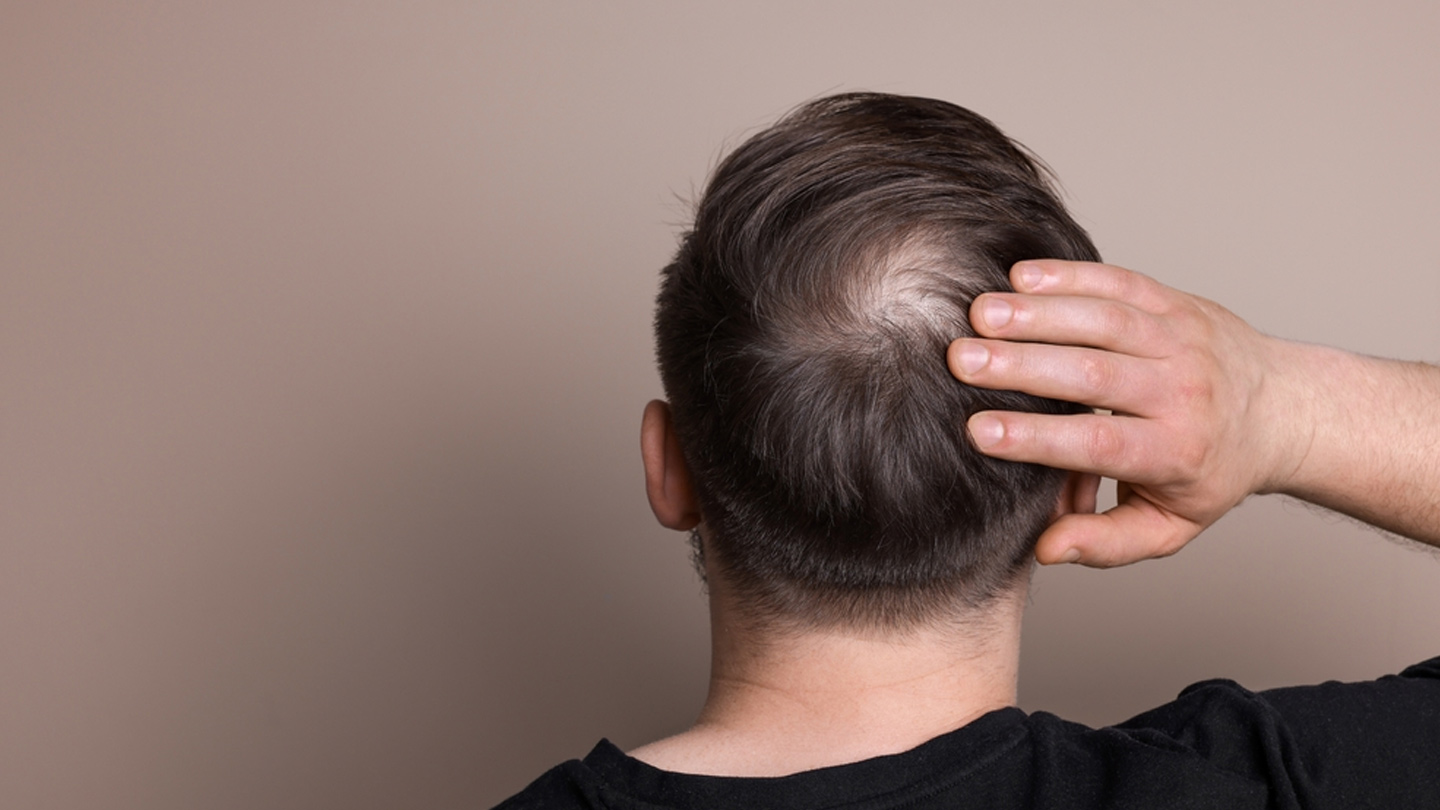Medical
8 Common Monsoon Illnesses in India: Symptoms, Prevention, and When to Get Tested
From dengue and malaria to hepatitis A and skin infections, discover the most common monsoon illnesses in India. Read about prevention and treatment methods to stay safe during the monsoon season.

The monsoon season in India, while bringing much-needed relief from the summer heat, also creates the perfect environment for the spread of infectious diseases. According to a study published in Indian Pediatrics, there has been a notable rise in both the emergence and re-emergence of infections such as Dengue fever, Chikungunya, Hantavirus, Nipah virus, Chandipura virus, Malaria, and H1N1 influenza, all of which pose serious public health concerns during this season.
Adding to this, the World Health Organisation (WHO) estimates 3.4 million people, mostly children, die annually from water-related diseases. This calls for urgent attention to preventive measures, improved public hygiene, safe water practices, and greater awareness.
We spoke with Prakash Bakthavatchalam, PhD (Molecular Virology), Apollo Hospitals, who shared key insights on common monsoon illnesses, covering their causes, symptoms, prevention strategies, and when you should consider expert medical attention.
Need all your wellness solutions in one place? A whole new world awaits just a click away.
1. Dengue
There is a strong association between precipitation and mosquito breeding, as per a 2023 study published in the Journal of Clinical and Diagnostic Research (JCDR). The same study found that mosquitoes have better expansion of their spatial range in wetter climates.
Cause & Spread:
Dengue is caused by the dengue virus, transmitted primarily by the Aedes aegypti mosquito, which bites during the daytime. These mosquitoes breed in clean, stagnant water commonly found in flower pots, coolers, buckets, and discarded tires. This is quite frequent during the monsoon due to water accumulation.
Symptoms:
- Sudden high-grade fever
- Severe headache
- Pain behind the eyes
- Intense joint and muscle pain (commonly called "breakbone fever")
- Skin rash (may appear after 2–5 days)
- Nausea or vomiting
- Fatigue and general weakness
Prevention:
- Eliminate stagnant water by emptying and cleaning water-holding containers every 2–3 days.
- Use mosquito repellents, the best are those with DEET or picaridin for better protection. DEET doesn’t kill mosquitoes, instead, it masks your scent, making it harder for them to detect you. Also, picaridin is odorless, non-greasy, and often preferred by those sensitive to the smell or feel of DEET. It offers similar protection and is also safe for daily use.
- Wear full-sleeved clothes, especially during the early morning and late afternoon when Aedes mosquitoes are most active.
- Install window screens or use mosquito nets, especially for children and the elderly.
When to Get Tested:
- If fever lasts more than 3 days, especially if accompanied by severe body aches or rashes
- If the CBC (complete blood count test) shows a drop in platelet count
Tests for Diagnosis
- NS1 antigen test (early detection)
- IgM antibody test (later stage)
Related Story: 7 Ways You Can Avoid Getting A Cold
2. Malaria
Malaria is endemic in Odisha, Chhattisgarh, Jharkhand, Meghalaya, and Madhya Pradesh. The temperature, precipitation, and humidity are the climatic factors that influence the transmission of the disease.
Cause & Spread:
Malaria is caused by Plasmodium parasites, transmitted through the bite of female Anopheles mosquitoes, which bite at night. These mosquitoes breed in dirty, stagnant water, including clogged drains, puddles, and other open water sources—again, more common during heavy monsoon rains.
Symptoms:
- Intermittent fever, typically with chills followed by sweating
- Headache
- Muscle pain and weakness
- Nausea and sometimes vomiting
- General fatigue
Prevention:
- Sleep under mosquito nets, especially in areas with frequent outbreaks.
- Apply mosquito repellents, particularly at dusk and nighttime.
- Use indoor insecticides and mosquito coils or vaporisers.
- Close doors and windows around dusk, or install screens.
- Drain or treat waterlogged areas with larvicidal chemicals.
When to Get Tested:
- Fever that comes and goes in a cyclical pattern, often with chills and sweating
Tests for Diagnosis
- Peripheral blood smear
- Rapid Diagnostic Test (RDT)
Related Story: Common Asthma Symptoms
3. Typhoid
Cause & Spread:
Typhoid fever is caused by the Salmonella typhi bacteria, primarily spread through contaminated food and water. During the monsoon, poor drainage, flooding, and water contamination make it easier for the bacteria to spread. Street food or unwashed vegetables can also be sources, especially if prepared in unhygienic conditions.
Symptoms:
- Gradually rising fever that persists over several days
- Abdominal pain and discomfort
- Constipation in some cases, or diarrhea in others
- Loss of appetite and general weakness
- Rose-coloured spots (flat rashes) on the abdomen or chest
- In some cases, confusion or lethargy
Prevention:
- Drink only boiled or filtered water: Ensure your water purifier is functioning properly.
- Avoid street food, especially raw salads, cut fruits, or uncooked chutneys. These items are often exposed to flies and contaminated water, making them high-risk for infections.
- Wash fruits and vegetables thoroughly. It removes dirt, pesticides, and potential pathogens picked up during handling and transport.
- Practice good hand hygiene by washing hands with soap before eating and after using the toilet. This small habit breaks the chain of transmission for many germs and prevents stomach infections.
- Consider typhoid vaccination, especially for children or if living in high-risk areas.
When to Get Tested:
- If fever persists beyond 3–4 days without a clear cause.
Tests for Diagnosis
- Widal test
- Typhidot test
- Blood culture
Related Story: Parkinson's Disease—An Overview
4. Viral Fevers
Cause & Spread:
Viral fevers are caused by a range of viruses, including influenza, adenovirus, enterovirus, and seasonal respiratory viruses. These are airborne or waterborne and spread easily through respiratory droplets, shared utensils, or contaminated hands—a risk that increases with humidity and crowding during monsoon.
Symptoms:
- Low to high-grade fever
- Sore throat and cough
- Body aches and headaches
- Runny or blocked nose
- Fatigue and general malaise
Prevention:
- Practice frequent handwashing, especially after returning from public places.
- Avoid close contact with people showing flu-like symptoms.
- Boost immunity with a balanced diet, enough sleep, and adequate hydration.
- Cover your nose and mouth while sneezing or coughing.
When to Get Tested:
- A fever that does not resolve within 3 days
Tests for Diagnosis
- Basic blood work, like CBC, to rule out dengue or malaria
- Viral panel tests if symptoms persist or worsen
Related story: Doctor’s Rx for Treating Viral Fever Symptoms
5. Leptospirosis
Cause & Spread:
Leptospirosis spreads when you come into contact with dirty floodwater that has been contaminated by animal urine, especially from rats. Walking through waterlogged streets with even a small cut or scratch on your foot can be enough for the bacteria to enter your body. It’s more common than you’d think during heavy rains and urban flooding.
Symptoms:
- Sudden high fever with chills
- Muscle pain, especially in the calves and lower back
- Red or bloodshot eyes
- Vomiting or diarrhea
- In severe cases: jaundice, liver/kidney damage, or meningitis
Prevention:
- Avoid wading through floodwaters, especially with open wounds.
- Wear protective boots and gloves if exposure is unavoidable.
- Maintain cleanliness in and around your home to deter rodents.
- Dispose of garbage properly to avoid attracting rodents.
When to Get Tested:
- If you have flu-like symptoms with a history of floodwater exposure
- Blood or urine tests to detect Leptospira antibodies or PCR
Related Story: 5 Clever Tips to Eat Healthy While Ordering Takeout
6. Cholera
Cause & Spread:
Cholera is a highly contagious bacterial infection caused by Vibrio cholerae, typically spread via contaminated water and food. The monsoon often compromises water sanitation, facilitating outbreaks in areas with poor drainage and waterlogging.
Symptoms:
- Sudden onset of watery diarrhea (often described as “rice-water” stools)
- Severe dehydration
- Vomiting and leg cramps
- Dry mouth, rapid heartbeat, or low blood pressure in severe cases
Prevention:
- Drink only safe, treated water (boiled or filtered).
- Avoid raw or undercooked seafood and street food.
- Wash hands frequently, especially before meals and after using the toilet.
- Sanitise water storage tanks and containers regularly.
When to Get Tested:
- If you have acute, profuse, watery diarrhea and dehydration
Tests for Diagnosis
- Stool culture or rapid cholera dipstick test for confirmation
Related story: Dengue Fever: All You Need to Know
7. Hepatitis A
Cause & Spread:
Hepatitis A is a viral liver infection spread through the fecal-oral route, mainly by contaminated food and water. During the monsoon, improper food handling and unsafe drinking water heighten the risk.
Symptoms:
- Fatigue and malaise
- Nausea, vomiting, and abdominal discomfort
- Jaundice (yellowing of eyes and skin)
- Dark-coloured urine and pale stools<
EXPLORE MORE
Baldness isn’t just about ageing; it’s a complex condition influenced by biology, habits, and health. Understanding it is the first step toward managing it.
Breast cancer before 40 is rare, but not impossible. Know these warning signs so you can spot them well in time.
Osteopenia and osteoporosis sit on the same spectrum, but the impact on your health isn’t the same. Here’s what to know.
Struggling with energy crashes or rising blood sugar? Read on to tackle insulin resistance at the root.










